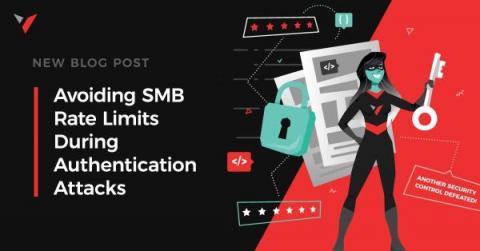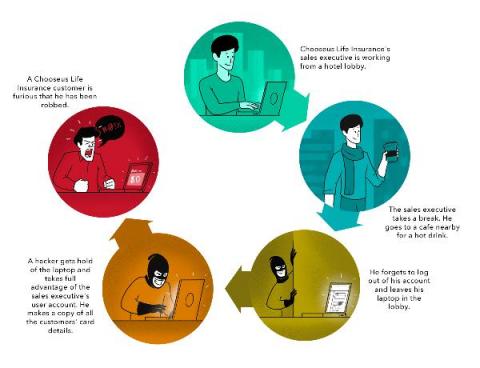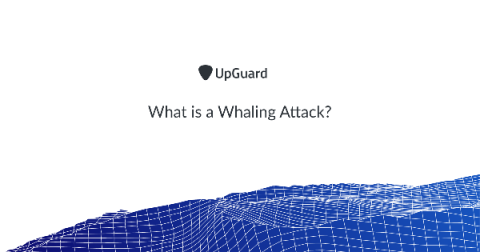Why You Need a Vendor Risk Management Policy
A formal, written vendor or third-party risk management policy is the first step in developing your vendor risk management program, and essential to that program’s success. Vendor risk management encompasses third-party risks as well as that of your vendors’ vendors — fourth-party risks — and is an important component of any cybersecurity program.









